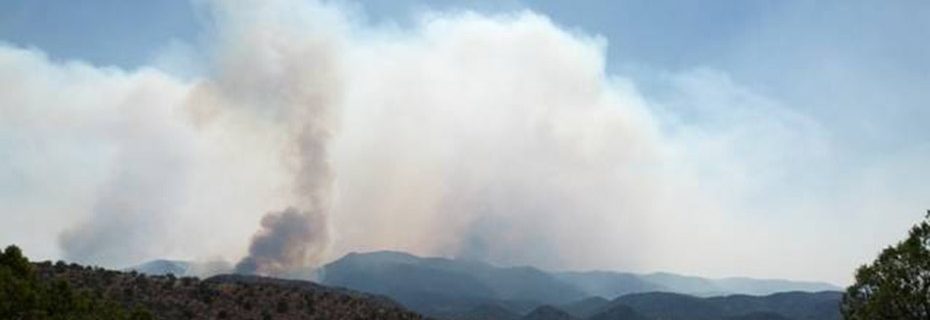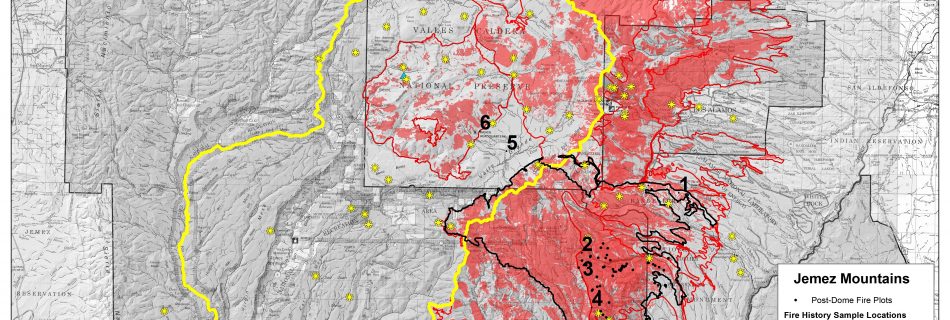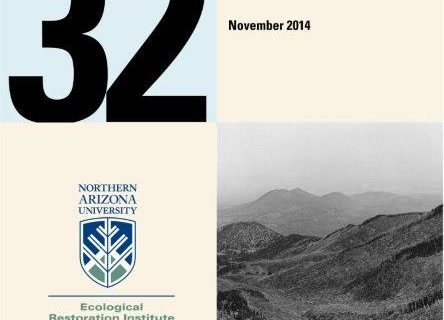For the past decade, the San Carlos Apache fire and forestry staff has been working to reintroduce fire to the landscape through an expanding prescribed fire and managed wildfire program. Stephen J. Pyne narrates this video describing the 2014 fire season on San Carlos when the new approach to fire was tested with the simultaneous management of multiple prescribed burns as well as a number of wildfire starts. One of those starts, the Skunk Fire eventually grew to over 73,000 acres.
April 2, 2015: Tamarisk invasion and fire in Southwestern desert ecosystems
Presenter: Gail Drus, St. Francis University Increased wildfire has been observed with the displacement of native cottonwood-willow (Salix and Populus spp.) gallery forests by invasive, non-native tamarisk (Tamarix spp.) in desert riparian zones of North America. Greater post-fire recovery of Tamarix relative to native species suggests a Tamarix fire trajectory where repeated fire excludes native …
Read more “April 2, 2015: Tamarisk invasion and fire in Southwestern desert ecosystems”



